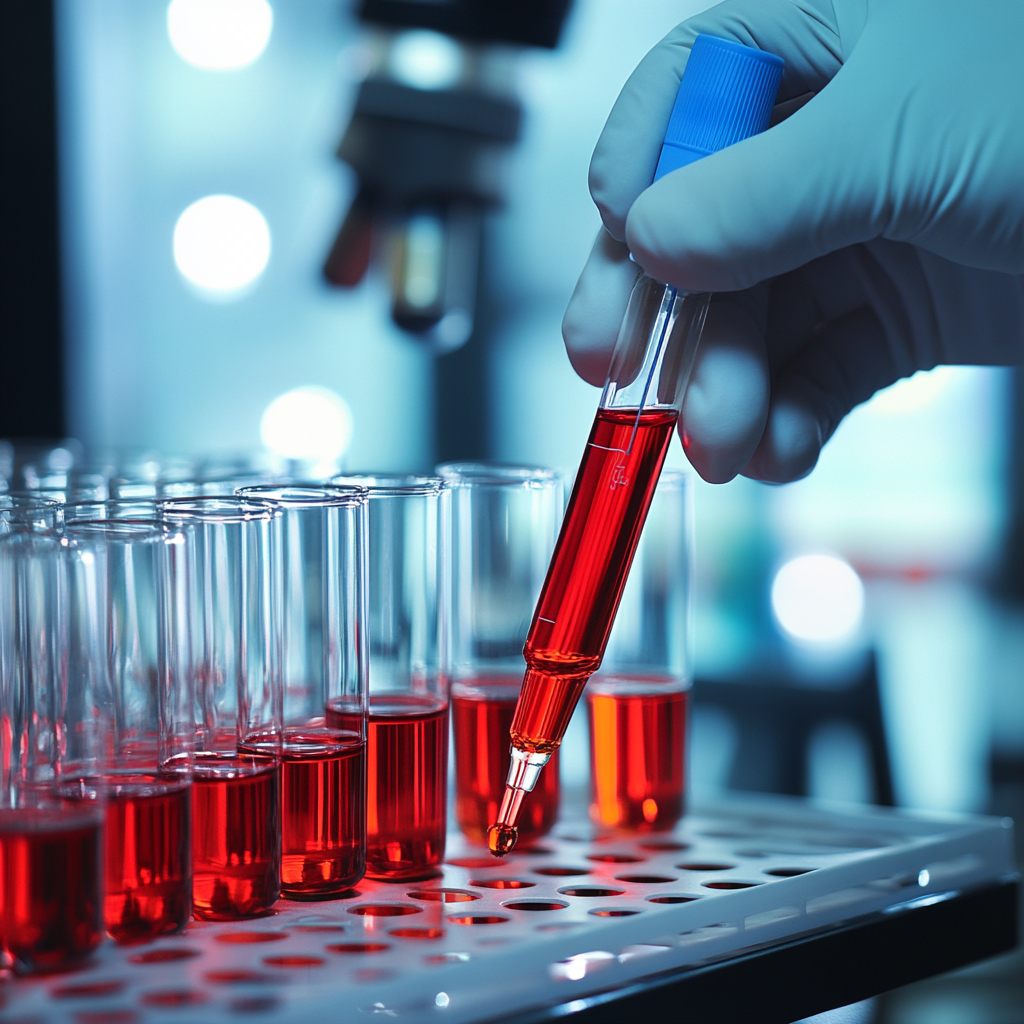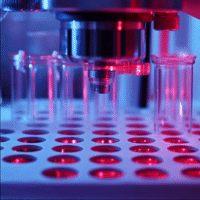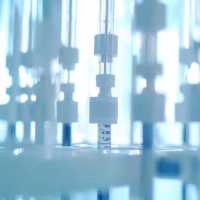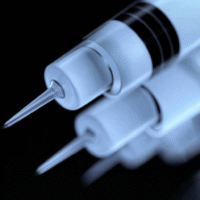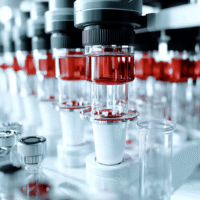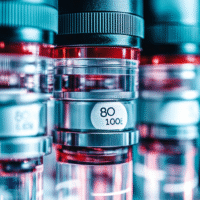Understanding the Study on Salicylic Acid Gel for Acne
This study looked at how well a gel containing salicylic acid works for treating acne and improving skin health over 21 days. It involved 42 people with mild to moderate acne.
What the Study Found
- Reduced Oiliness: The gel helped lower oil levels in the skin by about 23.65%.
- Improved Skin Hydration: Skin moisture increased by 40.5%, making it feel softer and healthier.
- Stronger Skin Barrier: The gel improved the skin’s protective layer, reducing water loss by nearly 50%.
- Less Severe Acne: Participants saw a 23.81% improvement in their acne, meaning fewer breakouts.
- High Satisfaction: All participants were happy with the gel, reporting better control of oil, fewer acne spots, and improved skin texture.
- Good Tolerability: Only a small number (5%) experienced mild itching, which went away quickly.
How This Helps Patients and Clinics
The results show that this salicylic acid gel is effective for people with acne-prone skin. It not only helps reduce acne but also keeps the skin hydrated and healthy. This is important for clinics as they can offer a treatment that is both effective and well-tolerated by patients.
What Can Clinics Do with These Findings?
- Start recommending the salicylic acid gel to patients with mild to moderate acne.
- Monitor patients’ skin improvements and satisfaction to adjust treatments as needed.
- Educate patients on proper application: apply the gel twice daily for best results.
What Should Clinics Track?
- Changes in oiliness and hydration levels in patients’ skin.
- Reduction in acne severity using a simple grading scale.
- Patient satisfaction and any side effects experienced.
AI Tools to Consider
Clinics can explore AI tools that analyze skin conditions and track treatment progress. These tools can help personalize treatment plans and monitor patient outcomes effectively.
Step-by-Step Plan for Clinics
- Start Small: Introduce the salicylic acid gel to a few patients and monitor their responses.
- Gather Feedback: Collect information on how well the gel works for these patients.
- Expand Use: If results are positive, recommend the gel to more patients.
- Track Outcomes: Regularly check and record skin improvements and patient satisfaction.
For more detailed information on this research, you can read the full study here.
